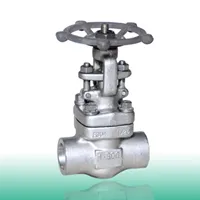
Mar
Quality Control of Pressure Bearing Forged Parts (Part Two)
3.3 Quality Control (1) Both JB/T 12000 and NB/T 47008 standards stipulate the quality requirements for pressure-bearing F91 steel forgings used for valve bodies and bonnets. The JB/T12000 standard is divided into four levels, that is, I, II, III, and IV. Level I is generally not applicable. The inspection items of each level are as specified in Table 4. Forgings with pressure above 900lb shall meet the requirements of level III and above. In the design drawings and purchase list,...


















